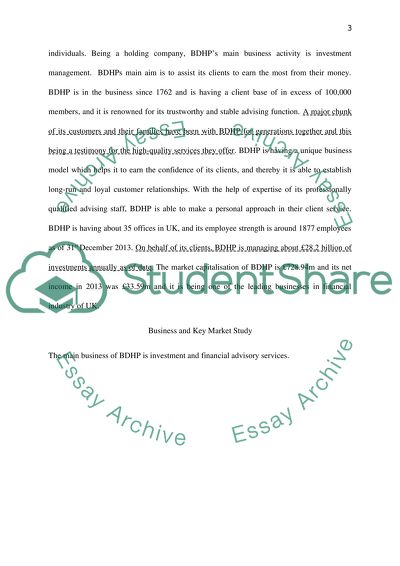Cite this document
(“Risk Management in Brewin Dolphin Holdings plc Essay”, n.d.)
Risk Management in Brewin Dolphin Holdings plc Essay. Retrieved from https://studentshare.org/finance-accounting/1665090-risk-management-in-brewin-dolphin-holdings-plc
Risk Management in Brewin Dolphin Holdings plc Essay. Retrieved from https://studentshare.org/finance-accounting/1665090-risk-management-in-brewin-dolphin-holdings-plc
(Risk Management in Brewin Dolphin Holdings Plc Essay)
Risk Management in Brewin Dolphin Holdings Plc Essay. https://studentshare.org/finance-accounting/1665090-risk-management-in-brewin-dolphin-holdings-plc.
Risk Management in Brewin Dolphin Holdings Plc Essay. https://studentshare.org/finance-accounting/1665090-risk-management-in-brewin-dolphin-holdings-plc.
“Risk Management in Brewin Dolphin Holdings Plc Essay”, n.d. https://studentshare.org/finance-accounting/1665090-risk-management-in-brewin-dolphin-holdings-plc.


